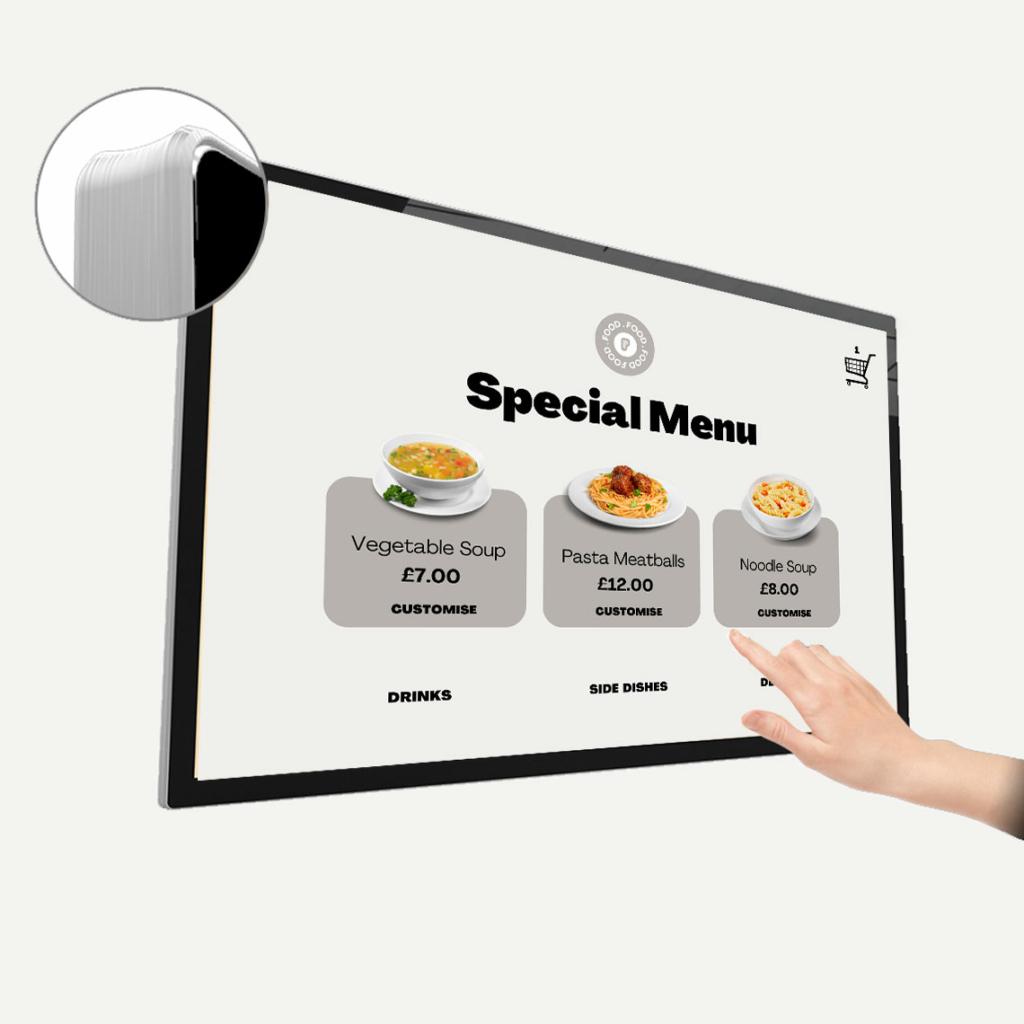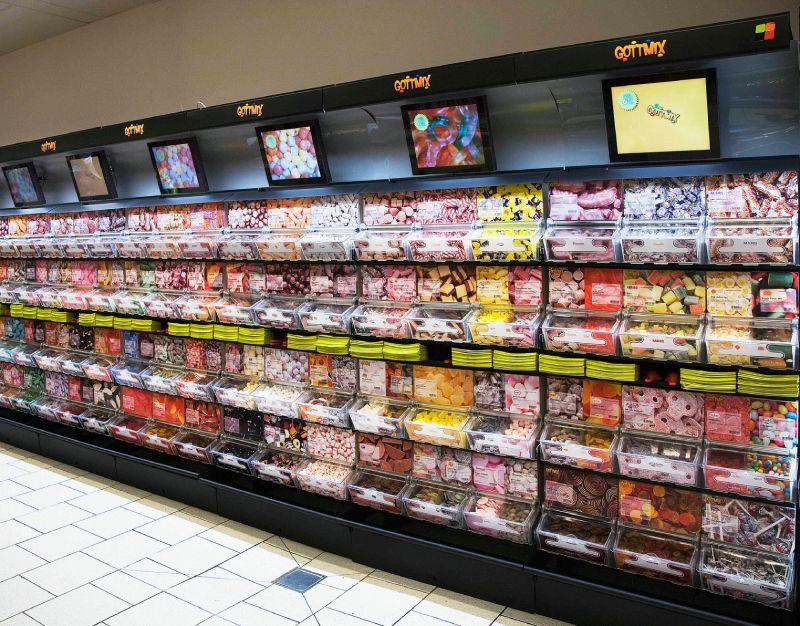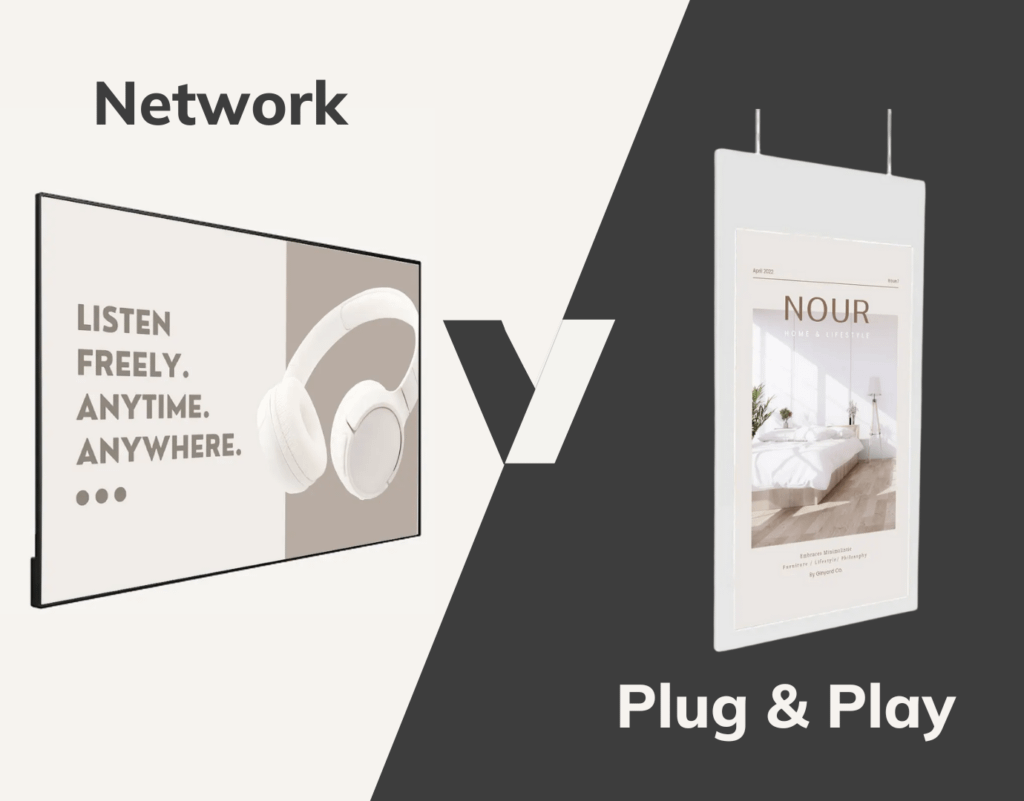
Digital signage is a powerful tool for businesses looking to engage with customers and improve their bottom line. Whether you’re a small startup or a large corporation, digital signage can help you create a more dynamic and interactive environment that’s sure to capture the attention of your audience.
One of the most important advantages of digital signage is that it allows businesses to easily update and change their content in real-time. This means that you can display the latest products, promotions, and news to your customers, keeping them informed and engaged.
Another key benefit of digital signage is that it can be used to increase brand awareness and customer loyalty. By displaying your brand’s logo, colours, and messaging, you can create a more cohesive and recognisable presence that helps to build trust and loyalty with your customers.
In this blog post, we will be discussing the difference between “plug and play” digital signs and networked digital screens for businesses. The former is quick and easy to set up, while the latter offers more advanced features and functionality. We will dive into the pros and cons of each, and help you determine which option is the best fit for your business.
What is a "Plug and Play" Digital Screen?
A “plug and play” digital screen is a type of digital signage that is designed for easy and quick setup. These screens come pre-configured and ready to use, with minimal setup required on the part of the user. All you need to do is plug the screen into a power source and connect it to your computer or another device, such as a USB or external hard drive and you’re ready to go. This makes “plug and play” screens a popular choice for businesses that want to quickly and easily add digital signage to their storefront or office.
One of the main benefits of “plug and play” digital screens is that they are very user-friendly and require minimal technical knowledge to set up and operate. This makes them a great option for businesses that have limited IT resources or are looking to implement digital signage without a significant investment in time or money. Additionally, “plug and play” screens are often less expensive than networked digital screens, making them a cost-effective choice for many businesses.
However, one of the downsides of “plug and play” digital screens is that they typically offer fewer features and customization options than networked digital screens. This means that businesses may have to compromise on functionality in order to achieve the ease of setup and use.
Pros of “plug and play” digital screens:
- Quick and easy to set up
- User-friendly, minimal technical knowledge required
- Cost-effective option
Cons of “plug and play” digital screens:
- Limited features and customisation options (Such as syncing multiple screens)
- May have less advanced features
- If using an external hard drive, limited remote access
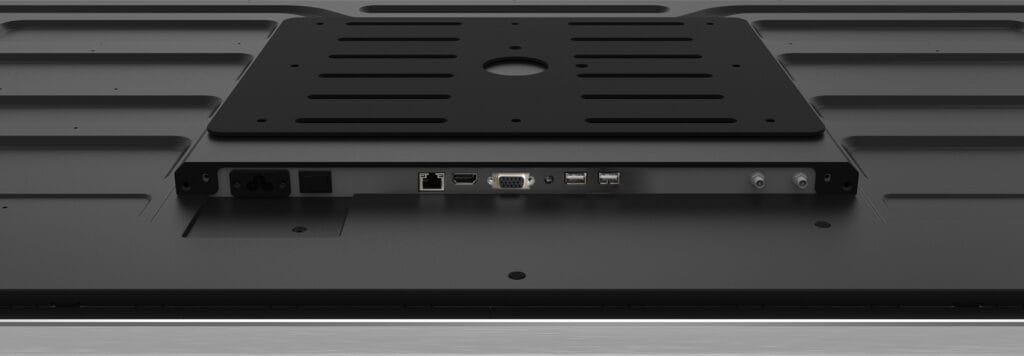
What is a Networked Digital Screen?
A networked digital screen is a type of digital signage that is connected to a network, allowing for remote management and control. These screens can be connected to a local area network (LAN) or a wide area network (WAN), and can be controlled and updated remotely through a central management system (CMS).
One of the main benefits of networked digital screens is that they offer a high degree of flexibility and customisation. Businesses can use a central management system to control the content that is displayed on the screens, and can easily update and change the content in real time. This allows businesses to create dynamic and engaging content that is tailored to the specific needs and interests of their audience.
The downside of networked digital screens is that they can be more complex and difficult to set up and manage than “plug and play” screens. They require more technical knowledge and expertise to set up and operate and may require a larger investment in time and money. Additionally, networked screens may require regular maintenance and updates, which can be a concern for businesses that want to minimise downtime.
Pros of networked digital screens:
- High degree of flexibility and customization
- Can be controlled and updated remotely
- Sometimes come with advanced features such as touch screen functionality, motion sensors etc.
Cons of networked digital screens:
- Can be more complex and difficult to set up and manage
- May require more technical knowledge and expertise
- May require a larger investment in time and money
- May require regular maintenance and updates
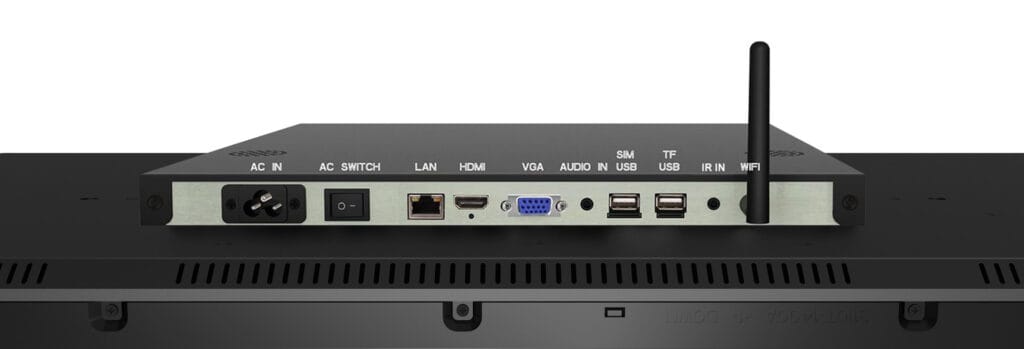
Explore our Range of Digital Advertising Screens:
To explore our extensive range of digital screens and learn more about how Display-Screens.com can revolutionise your retail display, we invite you to visit our brand-new website at https://display-screens.com/. It’s a one-stop destination for all your digital display needs.


